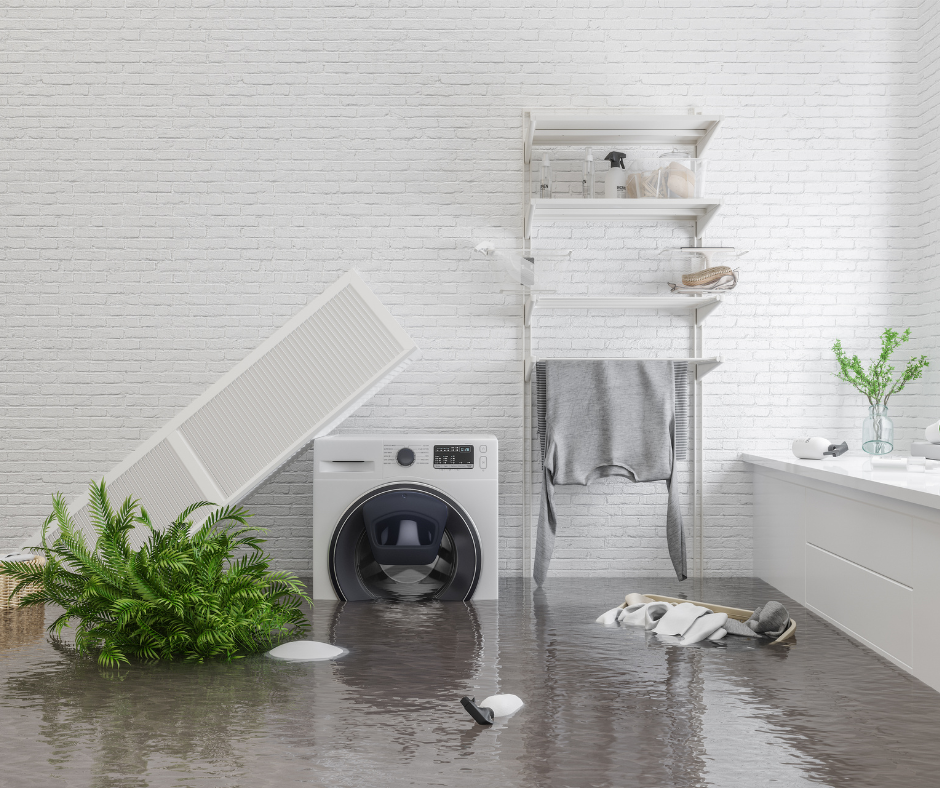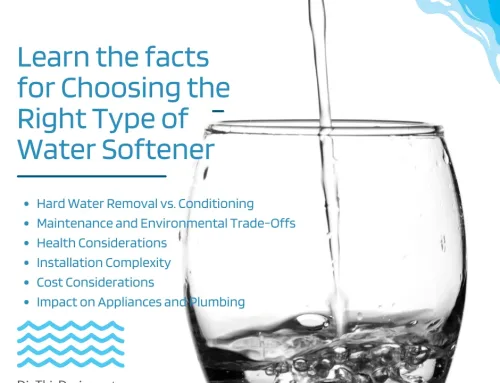In need of steps on how to handle a water damage restoration? Among the most devastating crises experienced by a homeowner is water damage. It can be from leakage from a household appliance, burst pipes, worst case, a backed-up sewer or a natural disaster, or the possibility of damages following a house fire.
What Are Steps for Handling Water Damage Restoration

There is no time to delay making the repairs following the catastrophe, with the threat of mold and mildew looming as soon as 24 hours after the damages appear. Not only is there this potential but also the possibility for structural hazards and other safety concerns that are not clear. Initially, it is critical to determine the root of the problem and attempt to stop the flow to prevent further damage if possible.
Contacting a well-qualified Denver water damage company will enable a professional to assess the situation and start an adequate restoration process to get the home back to as close to the original as possible. Let us look at a few tips these experts offer in their processes.
What Are Steps in The Water Restoration Process
Water damage can potentially damage the structure and the interior of a house. The root of the problem can be numerous things, whether the pipes freeze and break, clog overflows and a water heater or another appliance develops a leak, the sewage backs up and overflows, or there is a natural disaster leading to flooding of the home.
In most instances, the primary step is to assess the source of the issue and attempt to stop the flow, when possible, to avoid further damage.
We will leave the home in disrepair, making it necessary to contact a water damage company in Denver to guide you through the restoration process. Check out a few tips for water damage repair at https://www.familyhandyman.com/list/12-tips-for-water-damage-repair/ and then look at these steps that will get things rolling.
-
Contact Your Insurance Carrier as Soon as Possible
Depending on the insurance plans you have, the coverage will vary. An adjuster will examine the property, assess the damages, and determine if your policy covers the loss. Many homeowners’ policies do not include flood damages. Usually, carriers offer a separate plan that covers floods specifically. You must have a list that documents the value of all your possessions along with photos of each item; preferably, you do this before a disaster strikes.
When there is a crisis, ensure you make a record, including video or photo evidence, before the restoration, and during the process once it is complete. The documentation is helpful for an insurance adjuster.
-
Remember To Take Every Precaution
Following a disaster or household crisis, the priority is to take every precaution to remain safe. Among the primary measures following a flood or any sort of water invasion is to:
-
Shut Down The Power
The electricity should not be active with standing water in the house, but standing water in the house with active electricity means you cannot enter to shut off the power. That means you contact the power company to turn the power off to the house. No one should enter the residence until it has handled this.
-
Protective Clothing Is Essential
The water sitting in the home is unhealthy, plus the environment is unsafe. Getting an injury that then becomes saturated in germ and bacteria-infested water will cause your illness. It is vital to outer protection, along with gloves and rubber boots.
-
Personal Possession, Especially Valuables, Should Be Protected
The suggestion is to place “tin foil” beneath the legs of wooden furniture to get it off any wet carpeted areas, so these do not stain and pull up rugs from the floors.
-
Water Damage Repairs Should Be Initiated as Soon as Possible
The recommendation is that the restoration begins as soon as 24 hours from gaining clearance to return to your house. DIY cleanup is usually a vast undertaking for a single person or even the whole family’s help.
A water damage restoration company in the Denver area can ensure they handle the process, thoroughly, and entirely with everyone remaining safe. Many homeowners do not recognize these circumstances often warrant the removal of drywall, insulation, and flooring to avoid mildew and mold from developing or spreading into the household.
While furniture will probably need to be dried and cleaned, they might have to be tossed out based on damage. Moisture and water rapidly create damage in their wake; the restoration and repairs need to happen right away.
-
The Drying Process and Removal of Humidity
For homeowners who prefer to dry the household themself, it is again vital to remember to wear protective clothing. It would be best if you did an initial sweep through the home to assess what you can salvage and what will need to be tossed away.
Anything unsafe or too damaged will need to be thrown out. It can take excessive areas of standing water out in plastic tubs or with buckets. You can then go into harder-to-reach areas using a mop head to sop up the excess.
A “wet-dry vacuum” is an excellent tool to go through the entire house after removing most of the water. The house will ventilate for the rest of the drying process.
In this vein, you will want to set up a dehumidifier to make the work faster. If you are in an incredibly humid location, central air can help take the humidity out of the space. After they tend the standing water to wet possessions need attention. Go here for restoration tips.
Final Thought
The suggestion is that time is imperative once the household’s drying process has started. It should start within the first 24 hours after gaining access to the home. It should wrap up no later than roughly three days to eliminate the risk of mildew or mold.
A professional water damage restoration service in Denver can help make the process faster. While also keeping everyone safe during the cleanup.
Other Posts You May Enjoy:
Bed Bugs – The Uninvited Guest
Franklin, IN Air Conditioner Repair and Troubleshooting





